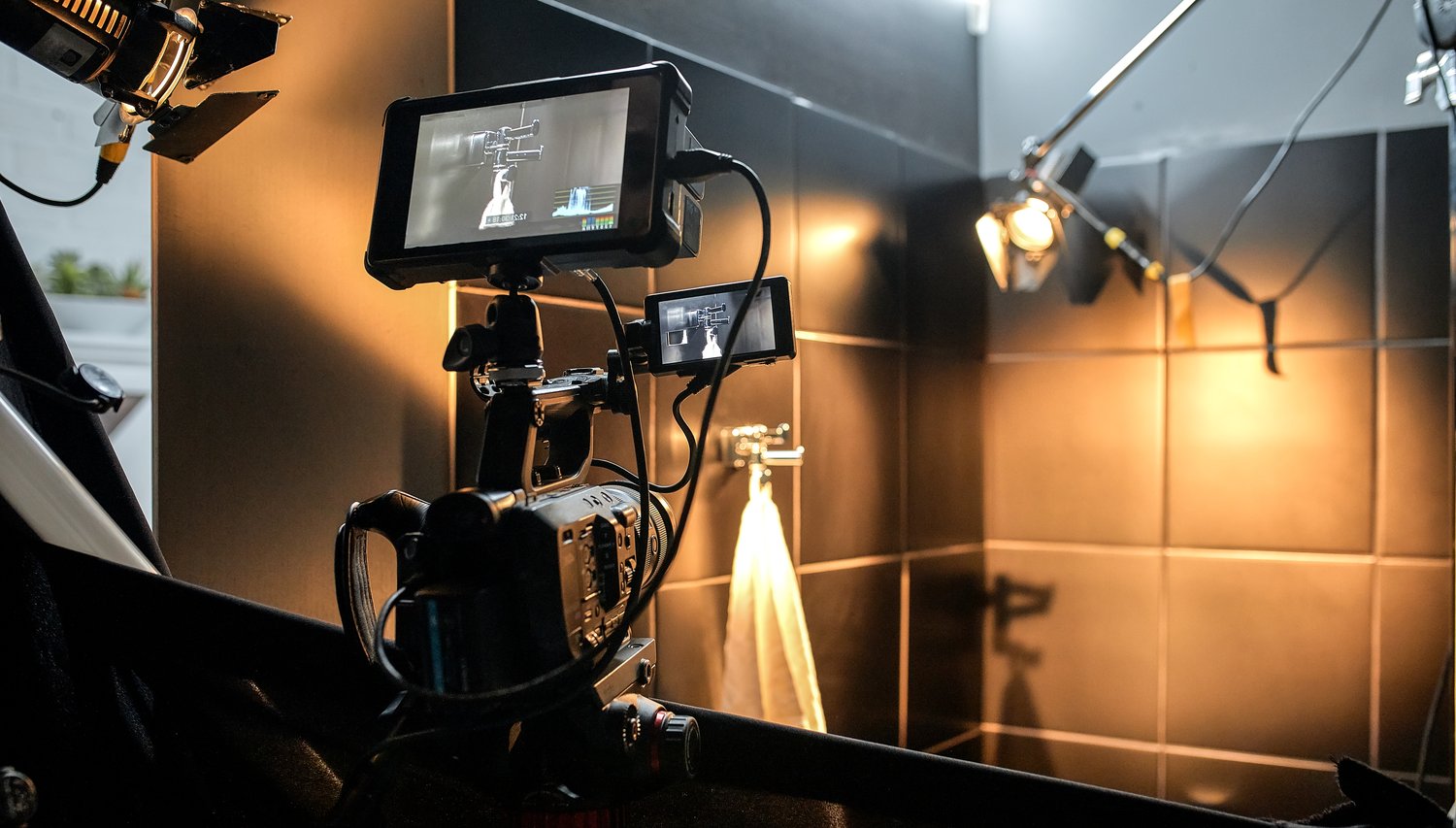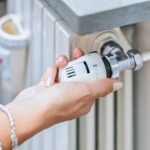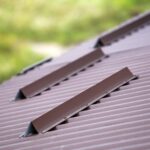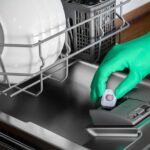Are your plumbing issues spiraling out of control, costing you more than just frustration? Discover the transformative potential of drain line camera inspections, a savvy DIY approach to diagnosing your home’s plumbing problems. This technique isn’t just for professionals anymore — with the right tools and a bit of knowledge, you can save time and money by identifying issues before they become disasters.
- Understand the fundamental uses of camera inspections in drain lines and how they offer a revealing look inside your plumbing system.
- Explore the types of camera equipment available for home use and learn practical techniques for conducting detailed inspections.
- Identify common plumbing problems like blockages, leaks, and structural issues quickly and efficiently.
Dive into the world of DIY drain line camera inspections and equip yourself with the insights needed to maintain a healthy drainage system, minimizing the risk of costly repairs. This article will guide you through mastering this essential skill, empowering you to take control of your home’s plumbing maintenance.
Understanding the Basics of Drain Line Camera Inspection: DIY Diagnostic Methods
Drain line camera inspection is an invaluable technique for homeowners aiming to diagnose plumbing issues efficiently. Using advanced technology, it provides a clear, internal view of your plumbing system, allowing for early detection of problems such as blockages and leaks.
To embark on a drain line camera inspection, it’s crucial to understand the essential tools needed for the task. Typically, the equipment consists of a small, waterproof camera attached to a flexible cable. This setup enables you to navigate through the intricate paths of your home’s drain system.
The primary function of drain line camera inspections is to visually examine the condition of the pipes from the inside. By capturing real-time footage, it allows for detailed observation of the plumbing infrastructure. This process not only helps in identifying current issues but also pinpoints potential trouble areas that could cause problems down the line.
By engaging in these DIY diagnostic methods, you’ll gain the ability to take swift action, ensuring your plumbing remains in top condition and preventing more severe, costly repairs in the future.
Tools and Techniques for Effective DIY Inspection
When considering drain line camera inspection for home use, selecting the right equipment is crucial for an effective DIY inspection. There are various types of camera equipment designed for household applications, each with unique features that cater to different inspection needs.
Opt for a camera system that provides a clear, high-resolution image. This ensures that even minor issues within the plumbing can be easily identified. Additionally, choose equipment with ample cable length to reach all parts of the drainage system.
One key aspect of a successful DIY inspection is understanding how to operate the equipment correctly. Begin by feeding the camera into the drain line gradually, monitoring the footage displayed on the connected screen. Pay close attention to any abnormalities, such as discolored water or pipe cracks, as these are indicative of underlying plumbing issues.
Interpretation of the footage is another vital skill. Depending on the camera’s clarity and the system’s feedback, homeowners can accurately diagnose common plumbing problems. Learning how to differentiate between normal wear and potential damage makes for a well-rounded inspection process.
With the right tools and techniques, homeowners can confidently conduct thorough inspections and maintain an effective plumbing system. This proactive approach aids in preventing long-term damage and ensures the smooth operation of household pipes.
Identifying Common Plumbing Issues with Drain Line Camera Inspection: DIY Diagnostic Methods
Using a drain line camera is an effective way to identify common plumbing issues before they escalate into costly repairs. These cameras provide a real-time internal view of your plumbing system, making it easy to diagnose issues without extensive invasive procedures. Let’s dive into how you can spot typical issues such as blockages, leaks, and structural damages through a DIY camera inspection.
Recognizing Blockages: One of the most frequent problems homeowners face is drain blockages. With camera inspection, you can visually confirm obstructions caused by debris buildup, tree roots, or foreign objects. By recognizing these blockages early, you prevent potential water backups and overflows, maintaining the integrity of your drainage system.
Detecting Leaks: Leaks are another common issue that can lead to water damage and increased utility bills. The nuanced footage captured through a drain line camera allows you to detect leaks that are otherwise hidden behind walls or beneath floors. This DIY method empowers you to take remedial actions swiftly, preventing further damage.
Spotting Structural Damages: Over time, pipes can suffer from wear and tear, leading to structural damage. A drain camera helps identify cracks, corrosion, or misalignments in your plumbing system. By diagnosing these problems, you can plan necessary repairs that ensure long-term functionality and efficiency of your drainage system.
By mastering the use of drain line camera inspection, you gain valuable insights into the condition of your plumbing system. This not only allows you to address issues proactively but also equips you with the knowledge to maintain a healthy plumbing infrastructure.
Frequently Asked Questions about Drain Line Camera Inspection
What is a drain line camera inspection?
A drain line camera inspection involves using a specialized camera to view the inside of your plumbing system to identify issues like blockages or leaks.
What tools do I need for a DIY camera inspection?
You will need a waterproof plumbing camera, such as an inspection scope or a borescope, to conduct the inspection.
Can I perform a drain line camera inspection myself?
Yes, with the right equipment and basic knowledge, homeowners can perform a DIY camera inspection to check their plumbing system.
What are common issues detected by camera inspections?
Camera inspections can identify common plumbing problems such as blockages, leaks, and structural damages.
How do I interpret the footage from a drain line camera?
Review the footage for signs of irregularities such as debris buildup, water movement, and cracks in the pipes.
Why is early identification of plumbing issues important?
Early identification helps prevent costly repairs by addressing problems before they become severe.





